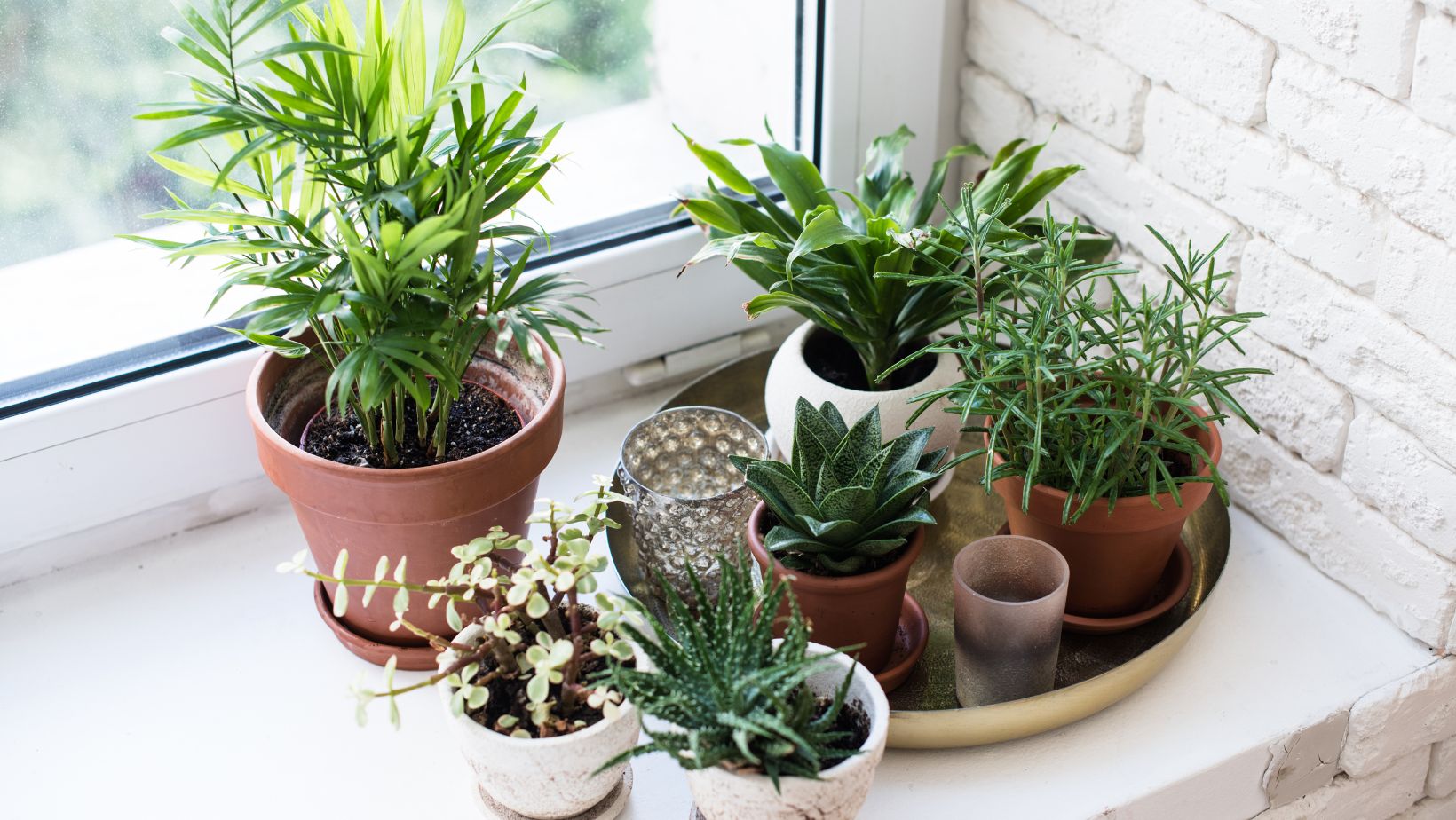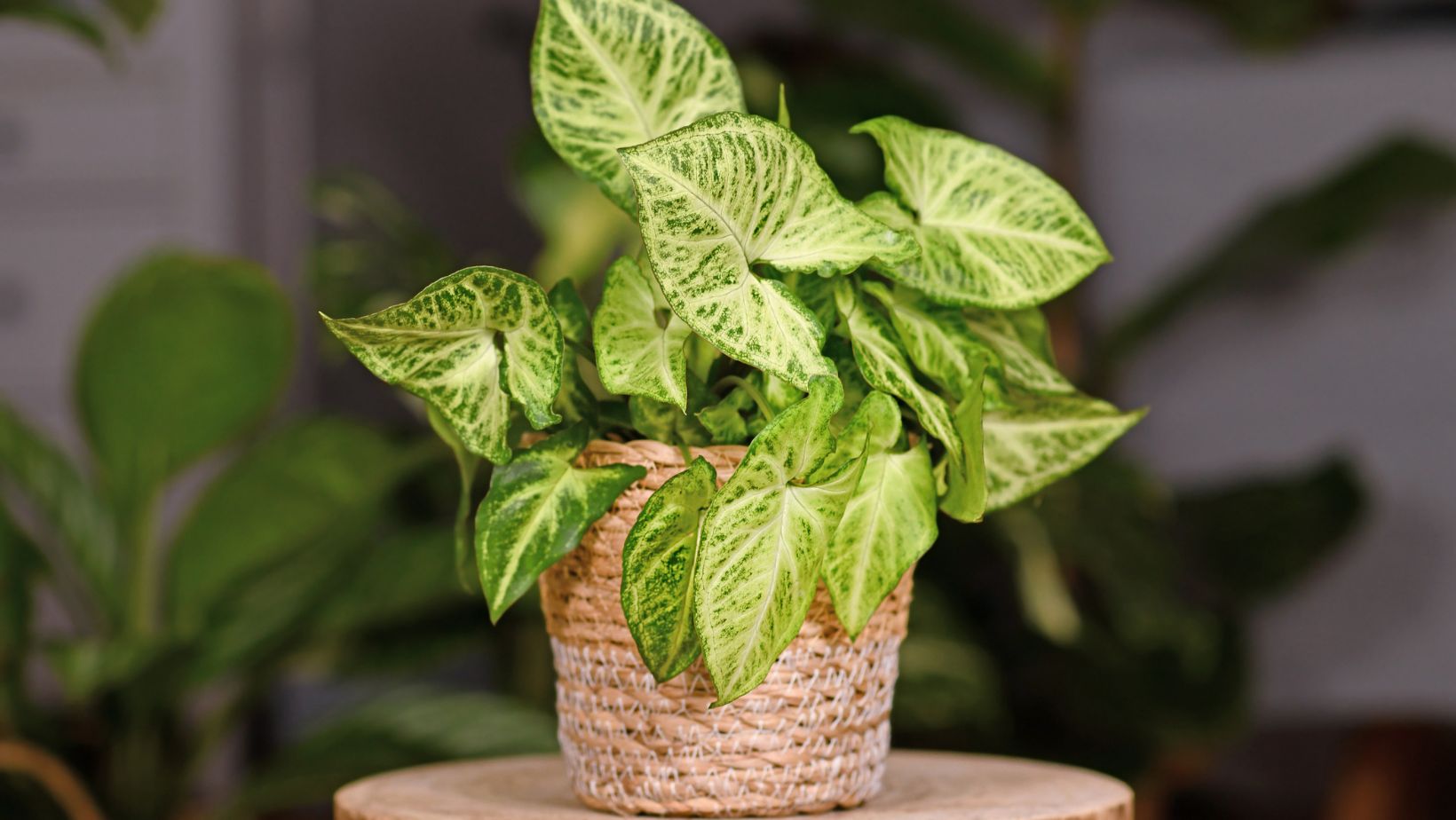I’ve been battling those pesky fungus gnats in my indoor plants and I know firsthand how frustrating these tiny flying insects can be. These persistent pests not only buzz around your face but can also cause serious damage to your beloved houseplants if left unchecked.
As an avid plant parent I’ve learned that fungus gnats thrive in moist soil conditions and feed on organic matter and plant roots. While adult gnats are mainly a nuisance their larvae can seriously harm your plants’ root systems leading to stunted growth yellowing leaves and potential plant death. I’ll share my proven methods for identifying treating and preventing these common houseplant pests so you can keep your indoor garden thriving and gnat-free.
Key Takeaways
- Fungus gnats are small flying insects that thrive in moist soil conditions and can severely damage houseplant roots, causing stunted growth and yellowing leaves
- The main causes of fungus gnat infestations are overwatering, poor soil drainage, high humidity levels, and excessive organic matter in potting soil
- Signs of infestation include visible flying insects around plants, yellowing leaves, stunted growth, and black rotting roots when examined
- Natural control methods include using yellow sticky traps, allowing soil to dry between waterings, and applying diatomaceous earth or sand layers to the soil surface
- Prevention strategies focus on proper watering practices (watering only when top 1-2 inches are dry) and using well-draining sterile potting mix with appropriate perlite ratios
Gnats in my House Plants
Fungus gnats (Bradysia species) are tiny black flying insects measuring 1/8 inch long with slender legs and transparent wings. These pests resemble miniature mosquitoes but don’t bite humans or pets.
Adult fungus gnats live 7-10 days and lay up to 300 eggs in moist potting soil. Their larvae are 1/4 inch long translucent worms with black heads that feed on:
- Plant root systems
- Organic matter in soil
- Fungi growing in damp conditions
- Algae on soil surface
House plants create an ideal environment for fungus gnats due to specific conditions:
| Condition | Impact on Gnat Population |
|---|---|
| Moisture | 70-80% soil moisture supports larvae development |
| Temperature | 65-75°F promotes rapid reproduction |
| Organic Matter | Decaying material feeds larvae |
| Protected Space | Indoor settings limit natural predators |
The larvae cause plant damage through:
- Root system destruction
- Nutrient absorption interference
- Introduction of root diseases
- Creation of entry points for pathogens
These pests target common houseplants including:
- Pothos
- African Violets
- Peace Lilies
- Snake Plants
- Spider Plants
Fungus gnats multiply rapidly in overwatered plants, creating new generations every 17 days under optimal conditions. Their presence often indicates underlying plant care issues like excessive watering or poor drainage.
Signs of a Gnat Infestation in Plants
 A gnat infestation presents clear visual indicators in indoor plants. I’ve identified several telltale signs that signal the presence of these persistent pests through careful observation.
A gnat infestation presents clear visual indicators in indoor plants. I’ve identified several telltale signs that signal the presence of these persistent pests through careful observation.
Visible Adult Gnats Flying Around Plants
Adult fungus gnats emerge in swarms around plant bases or fly erratically near windows. I spot these tiny black insects, measuring 1/8 inch, hovering close to soil surfaces particularly during watering. These pests become more active when soil is disturbed through:
- Darting movements across pot surfaces
- Clustering near drainage holes
- Congregating on sticky yellow traps
- Gathering on window sills near plants
- Yellowing leaves despite proper watering
- Stunted new growth
- Wilting stems on young plants
- Black, rotting roots when examined
- Irregular holes in leaf surfaces
| Plant Part | Damage Indicators | Severity Level |
|---|---|---|
| Roots | Black decay, mushy texture | Severe |
| Leaves | Yellow discoloration, wilting | Moderate |
| Stems | Stunted growth, weakness | Moderate |
| Soil Surface | Visible larvae, silk-like threads | Mild |
Why Gnats Infest Indoor Plants
Fungus gnats invade houseplants due to specific environmental conditions that create an ideal breeding ground. These insects thrive in environments that match their natural habitat preferences.
Overwatering Issues
Excessive watering creates saturated soil conditions that attract fungus gnats. The top 2-3 inches of constantly wet soil provides perfect conditions for fungus gnat larvae to feed and develop. Common overwatering signs include:
- Standing water in plant saucers
- Soggy soil that stays wet for 3+ days
- Water-logged potting mix with a musty odor
- Green algae growth on soil surface
- Compressed soil that lacks proper drainage
- High humidity levels above 70%
- Poor soil drainage from compacted media
- Decomposing organic matter in potting mix
- Lack of air circulation around plants
- Excessive peat moss content retaining water
| Soil Moisture Level | Risk of Gnat Infestation |
|---|---|
| Saturated (>85%) | Severe |
| Moist (70-85%) | High |
| Medium (50-70%) | Moderate |
| Dry (<50%) | Low |
Natural Methods to Get Rid of Gnats
After identifying a fungus gnat infestation in my houseplants, I’ve discovered several effective natural control methods that target both adult gnats and their larvae. These solutions eliminate the need for chemical pesticides while protecting my plants’ health.
Sticky Trap Solutions
Yellow sticky traps serve as an efficient monitoring and control tool for adult fungus gnats. I place these adhesive cards horizontally 1-2 inches above the soil surface, positioning 1-2 traps per plant depending on pot size. The bright yellow color attracts flying gnats, trapping them on the sticky surface before they lay eggs. For optimal results, I replace the traps every 5-7 days when they become covered with insects.
- Allow the top 1-2 inches of soil to dry completely between waterings
- Add a 1/4 inch layer of diatomaceous earth on the soil surface
- Mix 1 part perlite with 3 parts potting soil to improve drainage
- Remove decomposing plant material from the soil surface daily
- Top-dress containers with a 1/2 inch layer of sand to prevent egg-laying
| Soil Management Method | Effectiveness Duration | Replacement Frequency |
|---|---|---|
| Diatomaceous Earth | 2-3 weeks | Monthly |
| Sand Layer | 4-6 weeks | When disturbed |
| Perlite Mix | Permanent | During repotting |
Prevention Tips for Future Infestations
Preventing fungus gnat infestations starts with creating an environment that discourages these pests from establishing colonies in indoor plants. These strategic measures focus on proper plant care practices that eliminate conditions favorable to gnat reproduction.
Proper Watering Practices
I maintain a consistent watering schedule that prevents soil saturation while meeting my plants’ hydration needs. Here’s my proven watering approach:
- Water plants only when the top 1-2 inches of soil feels dry
- Empty drainage saucers 30 minutes after watering
- Use bottom watering techniques for susceptible plants like African Violets
- Monitor soil moisture with a moisture meter, keeping levels between 2-4
- Water during morning hours to promote proper evaporation
- Use sterile potting mix containing perlite peat moss at a 30:70 ratio
- Replace old potting soil every 12-18 months
- Add coarse sand or gravel as a 1-inch top layer
- Incorporate beneficial nematodes into new soil mixtures
- Maintain soil pH between 5.8-6.2 to discourage fungal growth
- Store unused potting soil in sealed containers
- Sterilize recycled pots with 10% bleach solution for 10 minutes
| Soil Component | Ideal Ratio |
|---|---|
| Perlite | 30% |
| Peat Moss | 70% |
| Top Layer | 1 inch |
| Soil pH | 5.8-6.2 |
What Are Fungus Gnats and Why They Love House Plants
Getting rid of fungus gnats in houseplants requires patience and consistency. I’ve found that combining proper watering techniques with natural control methods offers the best long-term solution for keeping these pesky insects away from indoor plants.
By maintaining appropriate soil moisture monitoring soil pH and implementing preventive measures I’ve shared you’ll be well-equipped to protect your indoor garden from future infestations. Remember that healthy plants in well-draining soil are your best defense against these unwanted visitors.
With these strategies in place you can enjoy your thriving indoor garden without the annoyance of fungus gnats buzzing around your precious plants.


